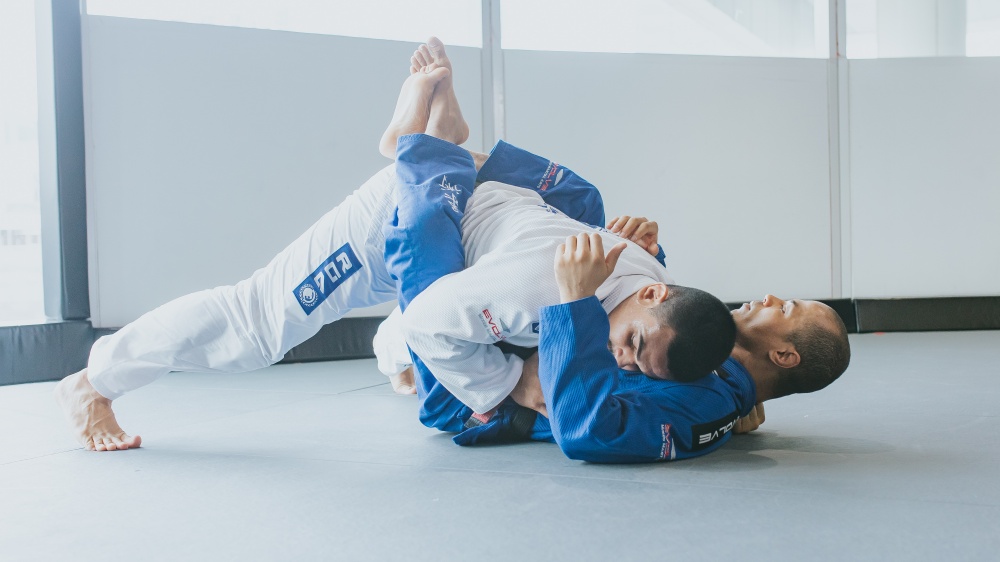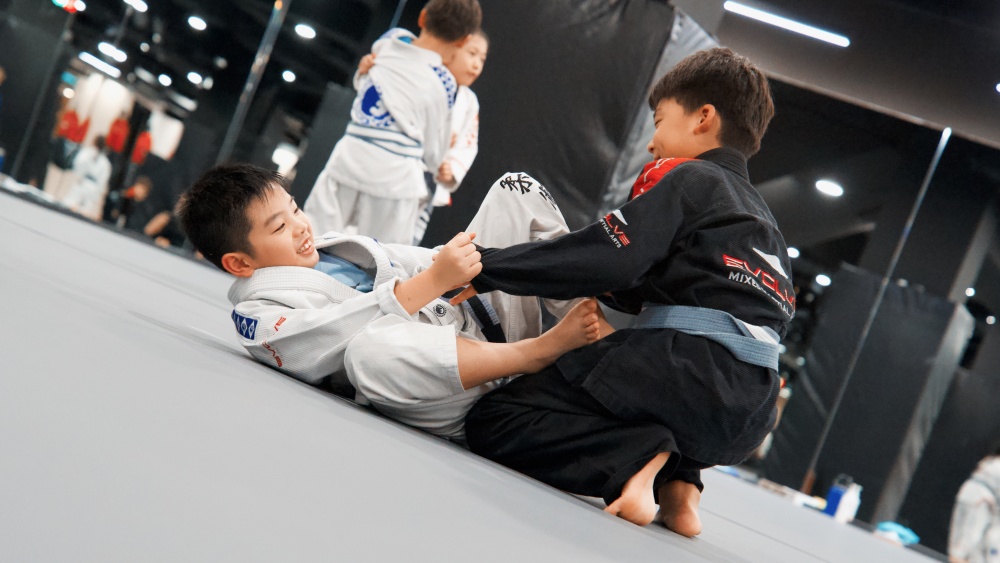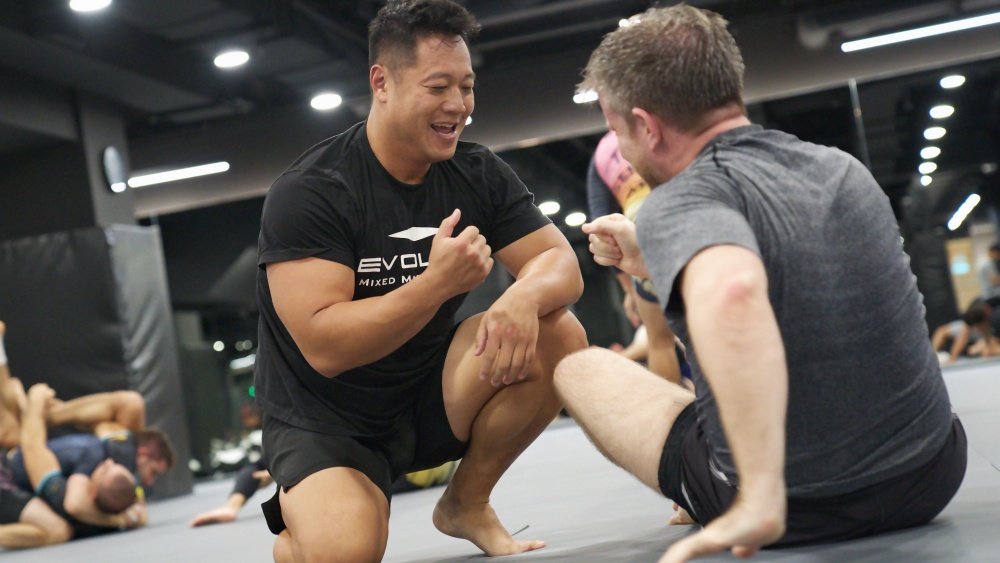Known as the birthplace of Brazilian Jiu-Jitsu, Brazil is a country with a rich grappling history. The country’s contributions are undoubtedly felt in many martial arts disciplines. This is especially the case with grappling and mixed martial arts.
Major cities, such as Sao Paulo and Rio de Janeiro (where the Gracies originated), are home to some of the world’s most respected and accomplished BJJ academies. Because of this, several techniques are named after successful athletes and locations in the area. In this article, we will talk about a powerful variation of the pressure pass named after the great city of Sao Paulo – the Sao Paulo pass.
Guard Passing In BJJ
There are many available techniques to pass an opponent’s guard. Typically, guard passing is classified into two types: pressure passing and speed passing. Pressure passing is characterized by using weight and pressure. You do this by staying tight to your opponent and slowly removing their defenses to complete the pass.
On the other hand, speed passing is a style that uses agility and quick movements to pass the opponent’s leg. Pressure passing favors bigger and stronger grapplers, while smaller grapplers can find success using speed passes. Regardless of your size, we recommend that you explore options from both styles to understand the mechanics of the techniques.
The Sao Paulo Pass
The Sao Paulo pass, also known as the Tozi Guard Pass, is a type of pressure pass in BJJ. It was created by Judo and BJJ black belt Roberto Tozi. The early developments of the technique started from his match against Erik Wanderley in the super-heavyweight finals match of the 2003 World Championships. Tozi lost his match against Wanderley, in which he spent most of his time trapped inside Wanderley’s guard. Wanderley also used a strong overhook, which made posturing difficult for Roberto Tozi.
Tozi’s frustration with the match motivated him to work intensively on the position, spending countless hours understanding how to pass the guard while staying low and tight. He then created the Sao Paulo pass and started using it in competitions. He found success with the technique and made it one of his signature moves. As time went on, other grapplers of his era started adapting his approach.
The Sao Paulo pass is a crushing style of guard pass and can work against the closed, z, and butterfly guard. Although the Sao Paulo pass is known as a big man move, it can also be used as a safe way to slowly open the closed guard and force the half guard. Let’s look at how to perform the Sao Paulo pass, as shown by BJJ black belt Leonardo Nogueira.
Pin an opponent’s arm by grabbing near the bicep. Next is to reach for an underhook on the opposite side by initially gripping near the opponent’s armpit while keeping a neutral posture. Don’t go straight for the underhook because the opponent may turn their body sideways and counter you with an underhook on the same side.
Now that your grip on the bicep and armpit is set, walk forward to apply pressure by putting your head over the opponent’s shoulder on the side where you grip the bicep and continue controlling it as you move to get a deep underhook on the opposite side.
Once you walk your legs forward, stabilize your position by sprawling and spreading your legs as you drop your weight on top of the opponent’s leg, putting pressure on their knees. This disables the opponent from effectively attempting any sweep.
Maintain the deep underhook and let go of controlling the other hand and use it to push the opponent’s shin as you perform a switch base or back step. Push the opponent’s knee and walk back to force the half guard.
This is now the perfect time to pass the opponent’s guard. Place your foot on their thigh while driving your head to the ground. Drop your weight by lowering your chest on the mat while keeping the underhook and controlling the opposite arm.
Free your trapped leg by pushing the opponent’s thigh with your other leg. After freeing the trapped leg, use your head to push the opponent’s chin to one side to prevent them from turning towards you. Finish the pass by going to kuzure kesa gatame or modified scarf hold. Leonardo mentions that we should be mindful of getting attacked while securing the underhook. Be wary of counters like the omoplata, triangles, and sweeps.
The high posture Sao Paulo pass can be applied when the opponent prevents you from getting the underhook. This typically happens when the opponent keeps their elbows together or if both their hands are pushing against your chest to create distance.
The first thing you need to do is apply a cross collar grip with your right hand as you put your elbow near their ribs. Use your left hand to control the hip and place your left knee in the middle of the opponent’s glutes while facing the side. Raise your other leg up to prevent sweeps.
Grip the opponent’s leg and pin it down on the mat. Move your knee from their glutes and slide it to the side while maintaining the cross collar grip. Force the opponent to face the opposite side by tightening your collar grip. Do this while posting your opposite arm on the mat as you frame on their chin, initiating a neck crank. Finish the knee cut while maintaining the neck crank and slightly move backward to reposition and establish the side control pin.
Final Thoughts
It is essential to have a game plan when passing an opponent’s guard. Always think of ways to chain your attacks, and don’t be afraid to use your attributes to supplement your technique. Forcing your opponents to react in predictable ways so that you can employ your ideal guard pass is an efficient way to build up your passing game. Try the Sao Paulo pass today, and let us know if it works for you.
You may also like:

















